Improving oral health and smile aesthetics
Featured Products Promotional FeaturesPosted by: Dental Design 22nd June 2022

A 20-year-old female patient expressed an interest in orthodontic treatment. She had undergone comprehensive orthodontics as a child, but did not wear her retainers and so had experienced relapse. She was keen to proceed with removable aligners instead of a fixed treatment option.
The initial clinical assessment demonstrated a Class I canine molar relationship on both the right- and left-hand side, as well as gingival recession on the lower 3s and 4s, and mild incisor crowding.
All possible treatment options were discussed with the patient, including the benefits, risks and limitations of each. These were:
- Fixed orthodontics – for both the upper and lower arches, or just the one. The price and estimated length of treatment (5-7 months) was provided.
- Removable aligners – for both the upper and lower arches. The price – which would be dependent on the number of aligners required – was discussed, as well as the approximate treatment time (6-9 months). The need for refinement and retention was highlighted.
As per her initial comments, the patient rejected fixed orthodontics in favour of the more discreet aligners. An appointment was booked with the orthodontic therapist to perform the orthodontic assessment, which included digital impressions, panoramic X-rays and clinical photographs. From this appointment it was recorded:
- Skeletal Class I
- Average FM angle
- No transverse asymmetry
- No TMJ clicking
- Competent lips
- Average lower face height
- Average nasio-labial angle
- No erosion
- Habits – none
- Class I incisor relationship
- Class I bucal occlusion on left and right
- 4mm overjet
- 20% overbite
- Upper and lower centre lines coincident
- No displacement on closure
- 3mm upper and lower anterior crowding
In subsequent appointments, it was also determined that the patient was a smoker – though she was trying to quit and was down from 10+ per day over the last 10 years to 1-2 per day. She also drank approximately 1-2 units of alcohol a week. General oral hygiene was poor and the patient admitted experiencing bleeding when brushing. There was calculus on both lingual and palatal surfaces and in all interdental areas, as well as significant inflammation and scores of 3s across the board for her BPE. The importance of improving oral health before any further treatment was emphasised to the patient. Professional cleaning was conducted to remove the calculus using hand instruments – this was performed during a time of restrictions in the dental practice due to Covid-19. Detailed oral hygiene instructions were provided to the patient alongside a demonstration of an electric toothbrush to help her focus on the gingival margins when cleaning.
Digital impressions with the 3Shape Trios intraoral scanner and clinical photographs were taken for the patient’s records. The relevant images were uploaded to the ClearCorrect® Doctor Portal, which returned a 3D treatment set up and treatment simulation. This gave the patient an idea of what kind of results she could expect, but the patient was made aware that results could not be guaranteed. It was explained that this was an estimate only and that the outcome may vary slightly in real-life. Plus, the outcome would be dependent on the patient’s compliance with aligner wear. The treatment set-up predicted that 13+ aligners would be required to align the teeth. The patient gave informed consent to proceed.
Orthodontic treatment commenced with everything going as planned for the first three aligners. During the review appointment, aligners 3-6 were provided and attachments placed in flowable composite as per the guide to encourage correct movement. The third lower aligner was still very tight, so the importance of wearing the aligners for a minimum of 22 hours a day was reinforced to the patient.
Tracking was as predicted for the following two sets of three aligners, with the use of chewies highlighted to the patient. Interproximal reduction (IPR) was performed progressively as required. Treatment continued through to aligner 18, when it was agreed that refinement would be needed in the lower arch. The final two aligners were provided and the patient returned to the practice for new digital impressions.
Five refinement aligners were worn in the following weeks, before a final intraoral scan was taken for fabrication of the retainers – which she was advised to wear at night. To enhance the colour of the teeth, tooth whitening was performed using the 16% carbamide peroxide Enlighten Whitening gel in removable trays, which were worn at night for 2 weeks. The patient had chipped the upper centrals so composite edge bonding was discussed and provided on the UR2-UL2. The restorations were smoothed off and polished, the bite checked and post-op photos taken for the patient’s records.
The patient was delighted with the outcome.
Cosmetic dentistry is a key driver for many new patients attending my practices, and if this can be packaged with a functional and preventive benefit in a minimal invasive way, we can provide the best care for our patients. Compliance with any sort of medical treatment is essential for optimal outcomes and getting the patient on board is key prior to starting treatment. This is even more important with regards to disciplined wear of clear aligners.
Images



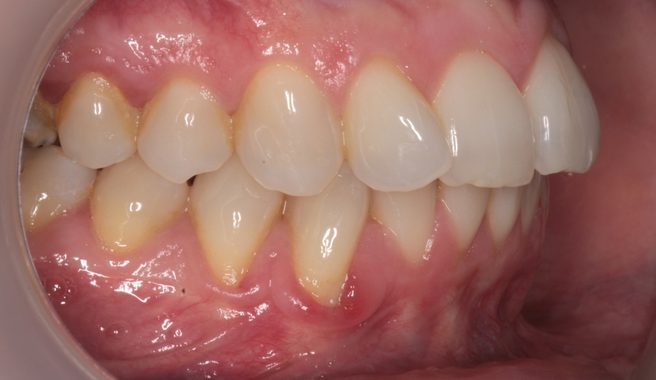

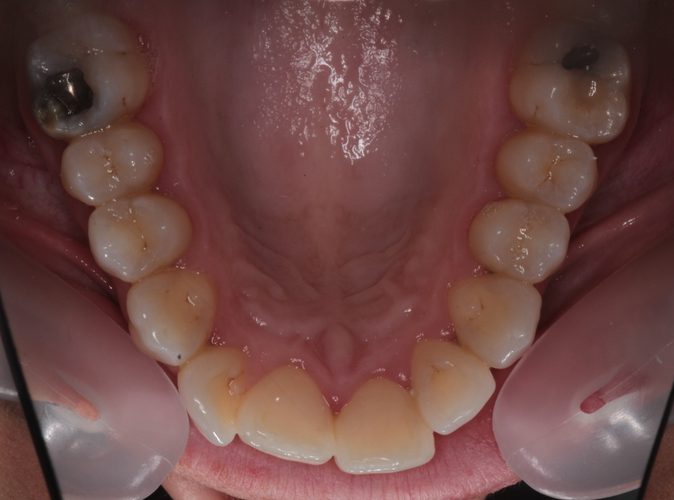
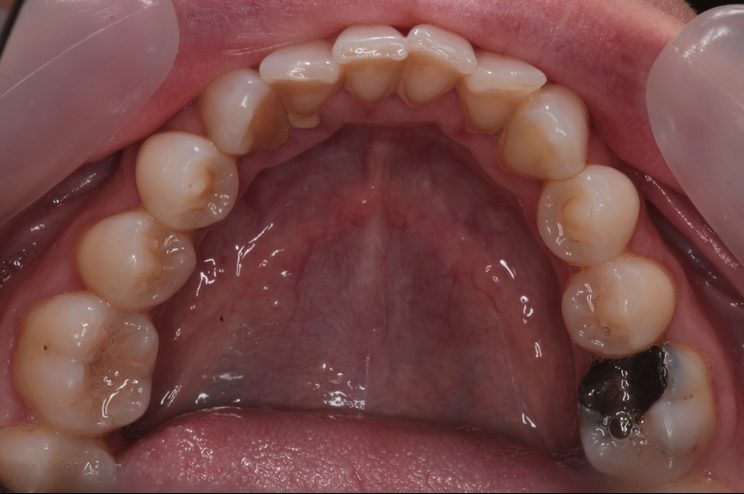
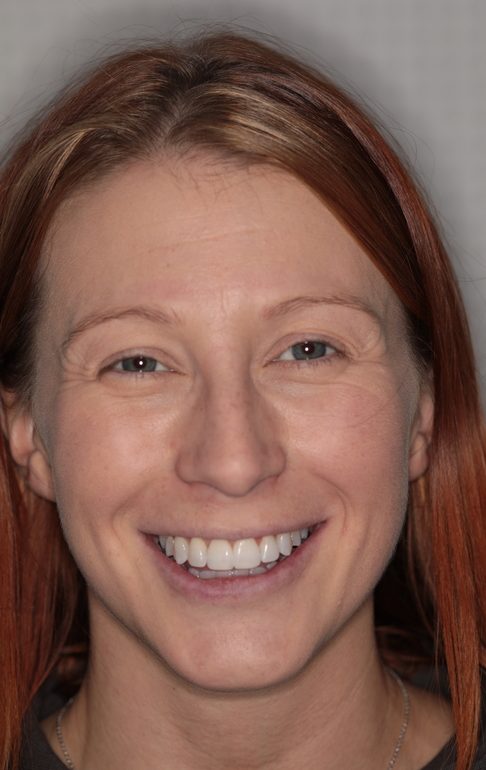
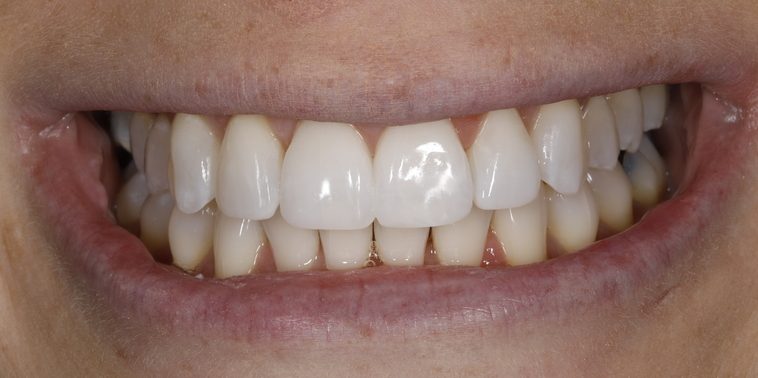
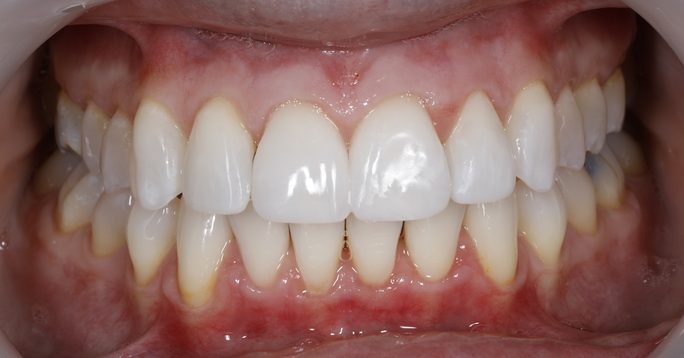
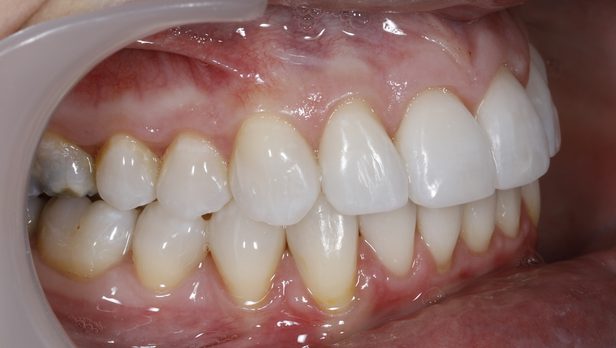
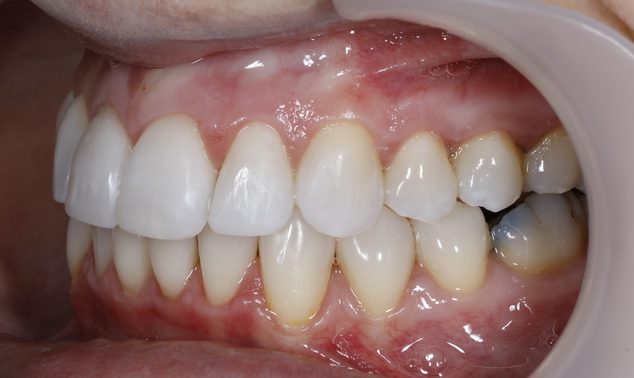
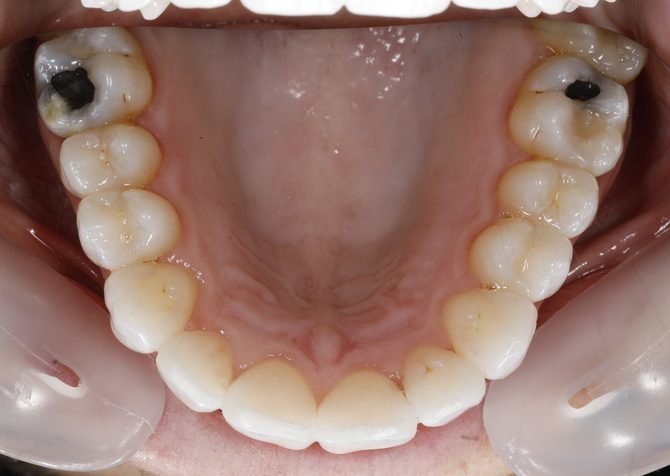
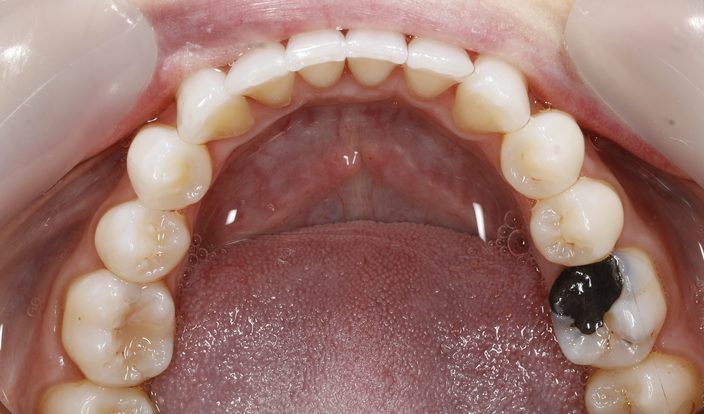

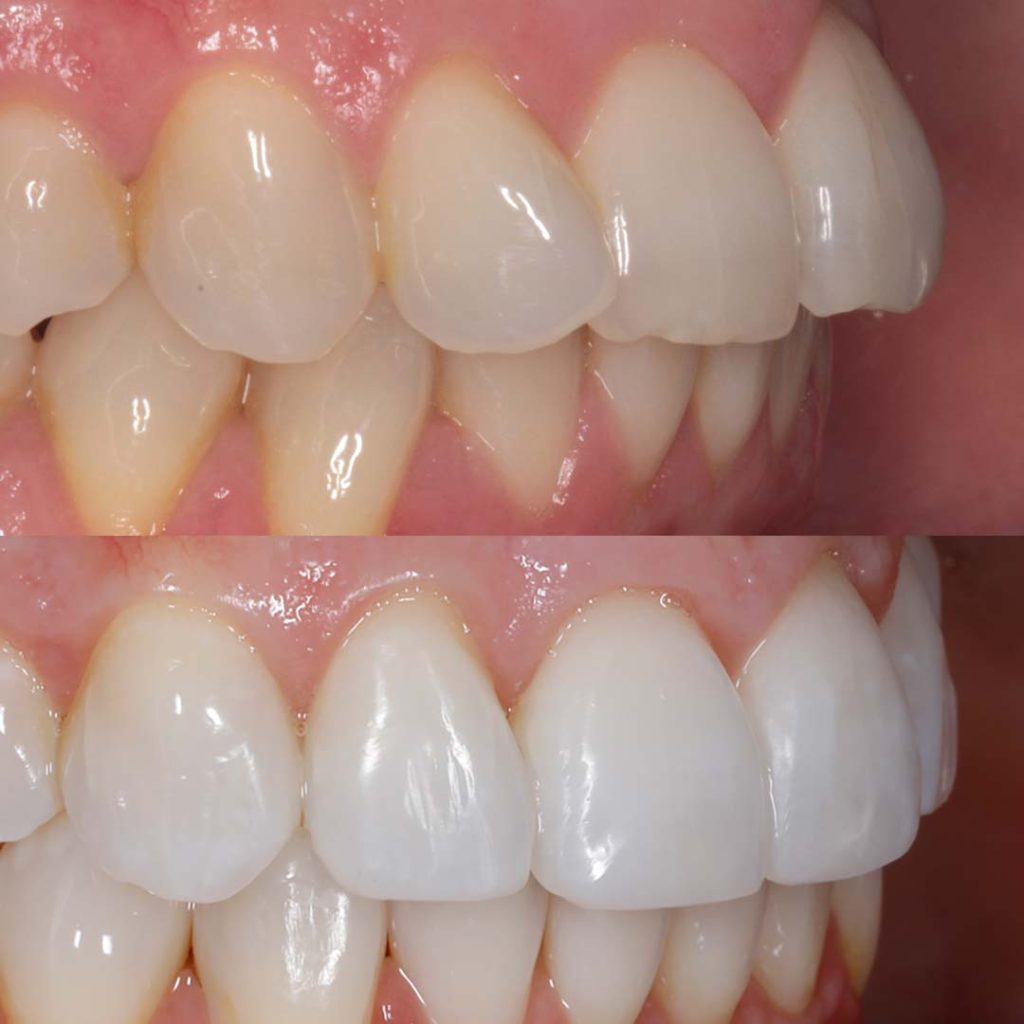
For more information on ClearCorrect®, visit:
Author:
Dr Omair Afzal, Principal Dentist of Sutton Aesthetic Dentistry
Omair qualified from the Universality of Birmingham in 2005. He has since completed extensive postgraduate training in various areas of dentistry including orthodontics, implantology and prosthodontics.









